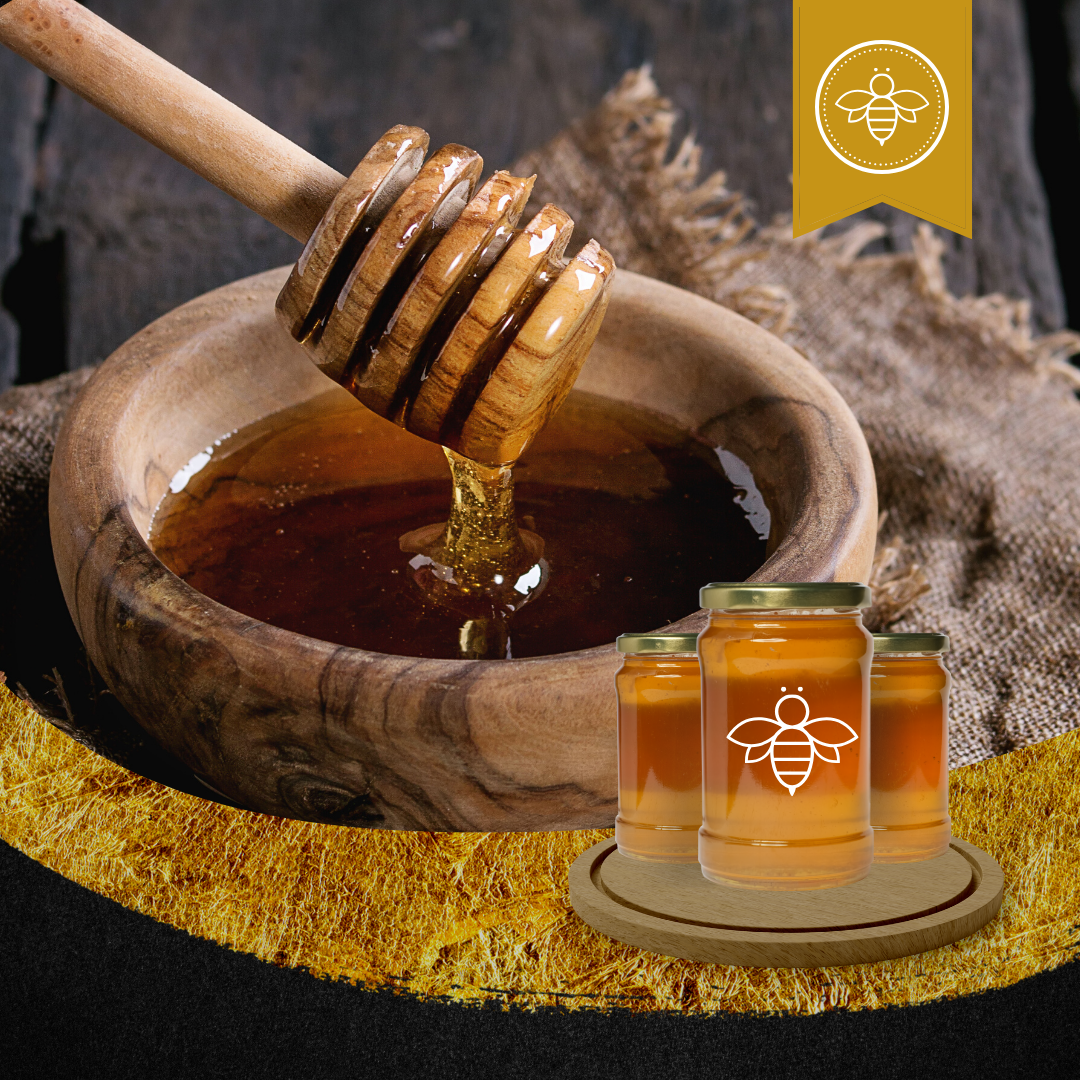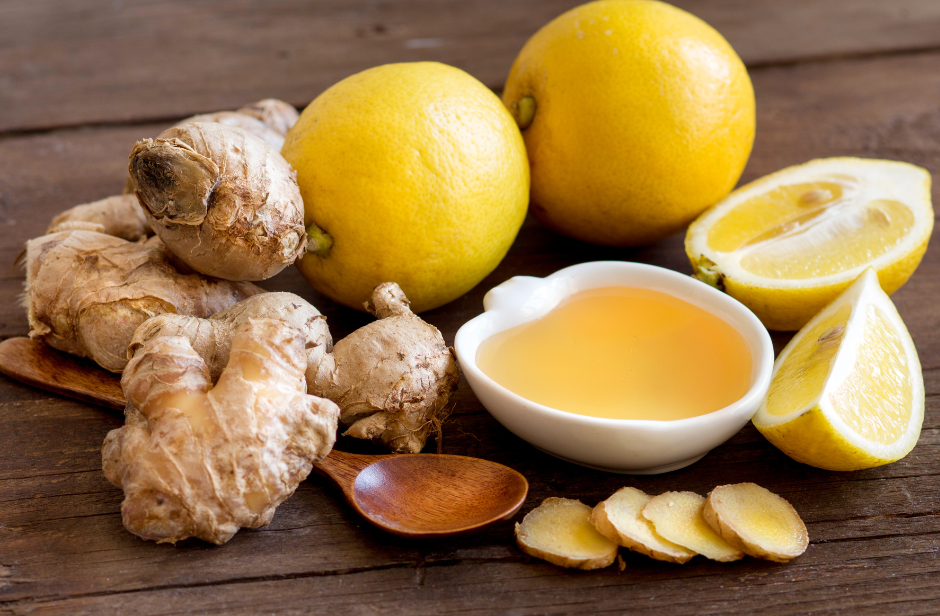by Tharien van Eck, AWC Antwerp and Health Team Co-Chair
A lot has been said and written about the importance of bees in the world, but do you know how important honey is in medical science? It is not just Winnie-the-Pooh who thought honey was good!
A short introduction
 Honey, a natural substance produced by honey bees (Apis mellifera) has various antioxidant, anti-inflammatory and antimicrobial properties, mainly because of the phenolic compounds that it contains. Almost 1.8 million metric tons of honey are produced yearly. China is the largest honey producer, followed by Turkey, Iran, India and Argentina.
Honey, a natural substance produced by honey bees (Apis mellifera) has various antioxidant, anti-inflammatory and antimicrobial properties, mainly because of the phenolic compounds that it contains. Almost 1.8 million metric tons of honey are produced yearly. China is the largest honey producer, followed by Turkey, Iran, India and Argentina.
Although honey is mostly water (15% and more) and various sugars (80% and more), and a little bit of protein (less than 0.5%), it contains more than 20 amino acids, numerous minerals and vitamins, and numerous enzymes. The composition is dependent on the geographical and botanical origin of honey.
The medical benefit
The various phenolic acids and flavonoids contained in honey can be viewed here (figure 1). Various studies have been done over the past years, but more needs to be done to determine the full value.
The article “A Comprehensive Review of the Effect of Honey on Human Health” describes the benefits on various risk factors. Noticeable in this review is the fact that the benefit depends significantly, as previously stated, on the origin and the extent of processing of the honey.
The Cleveland Clinic mentions various benefits:
 Honey is a powerful antioxidant, but because it contains so much sugar, people don’t consume enough to achieve the full value.
Honey is a powerful antioxidant, but because it contains so much sugar, people don’t consume enough to achieve the full value. - The anti-inflammatory properties make it better than regular sugar.
- Both the World Health Organization (WHO) and the American Academy of Pediatrics regard honey as a natural cough remedy. I can remember my mom giving us (as children) a hot toddy containing lemon, ginger and honey!
- Treatment of wounds and burns: it is postulated that manuka honey can be used for the treatment of burns and pressure ulcers.
- Clearing acne: the anti-inflammatory and antibacterial properties have been shown to be of value in less severe acne, and as an extra topical treatment option with more severe acne.
One aspect that is very clear: the clearer the honey, the more processed it is and the fewer potential health properties there are. “Raw” honey is less processed and generally regarded as safe, except for children less than one year old. Honey available in stores is mostly pasteurized, meaning that all impurities have been removed. Be aware that pasteurized honey can be diluted with corn syrup or other sweeteners; the FDA requires that these products have to be labelled as a “honey blend.” And not all honey is honey or even a honey blend: increasingly more stores are selling imitation honey! Read the labels to understand what you are buying.
Plant flowers in your garden that will attract bees. Bees are critical pollinators, pollinating a very high number of the top 100 crop species that feed 90% of the world. Without bees we will struggle to feed the global population.
Finally, honey is like liquid sugar, and should always be used in limited quantities.
“I don’t feel very much like Pooh today,” said Pooh. “There there,” said Piglet, “I’ll bring you tea and honey until you do”. – A. A. Milne
Images courtesy of Canva
